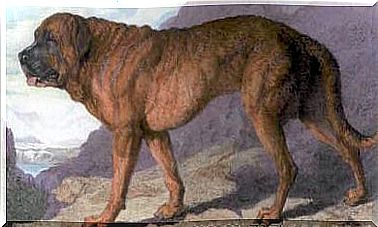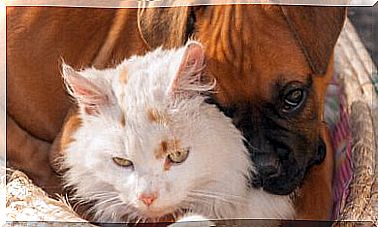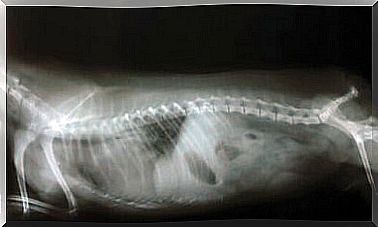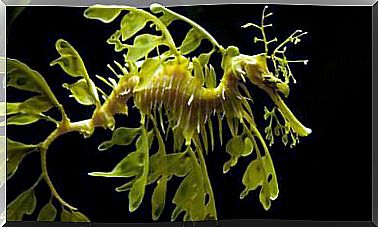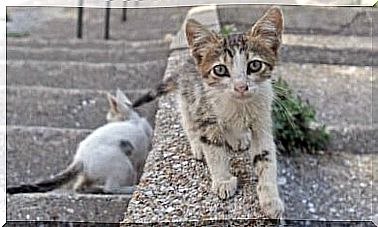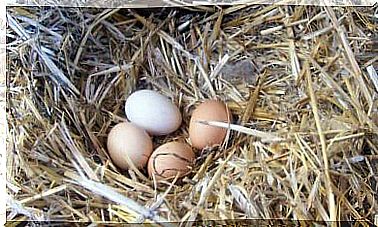The 5 Smallest Frogs In The World
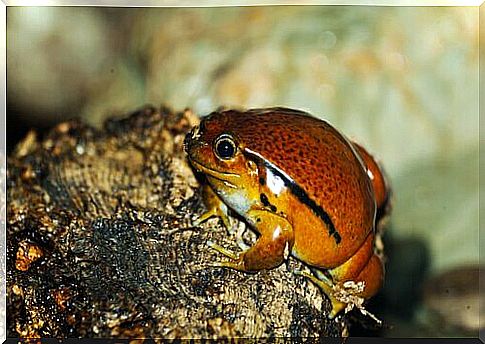
So far, the smallest frogs in the world have been found on the island of Papua New Guinea in the north of Australia… And they are really tiny! Some of them could just as easily sit on a dime. In this article we will tell you all about them.
What are the smallest frogs in the world?
In nature it is possible to find giant species and others so small that they are practically impossible to see. In the case of the smallest frogs in the world, even if they are often very colorful, spotting them in the wild is a difficult task even for the most experienced researchers. Let’s see together features and curiosities about these tiny amphibians that, we are sure, will not leave you indifferent:
1. Paedophryne amauensis
This amphibian – visible in the photo that opens this article – belongs to the Microhylidae family , that is to say, which is one of the smallest frogs in the world. It measures just 7.7 millimeters in length and is the smallest known vertebrate.
She was found in 2009 during an expedition to Amaru, Papua Guinea Amaru, which is the only place she lives in. This discovery was made official only in 2012. It produces a sound similar to that of insects to mate and can blend very well among the leaves of the tropical jungle.
2. Pygmy frog
Its scientific name is Eleutherodactylus limbatus , even if everyone knows it as “pygmy frog” and it is one of the smallest belonging to the order of the Anuri amphibians. It was first described in 1862 thanks to a researcher from the United States, Edward Drinker Cope.
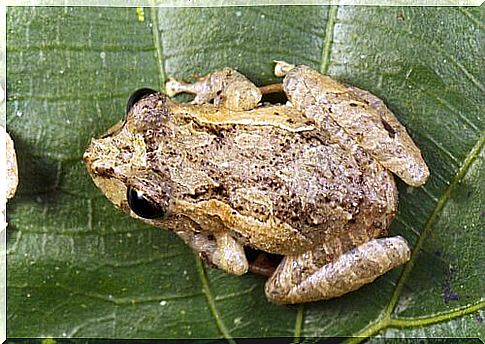
This animal is endemic to the island of Cuba, in the Caribbean, it prefers to live in dry forests or in areas with many dead leaves where it can hide and blend in. Its body is brown in color with yellow and black lines. It has diurnal habits and feeds on ants and spiders.
3. Epipedobates tricolor
Its nickname “poisonous ghost frog” is quite suggestive when we consider the tiny size of this small amphibian endemic to Ecuador. It lives in tropical forests near streams and wetlands, with many leaves on the ground, but can also be found near cocoa and banana plantations.
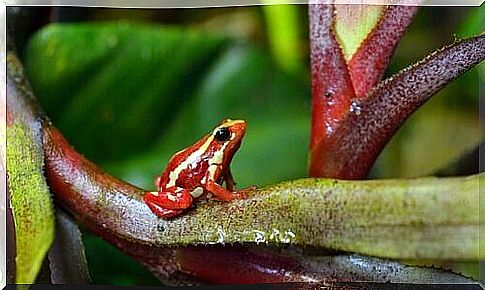
It features a bright red body with white lines and lighter spots on the legs, as well as two large black eyes. It measures approximately 22 millimeters and its head is larger than its body.
This frog is in danger of extinction despite being difficult to see. It has the ability to secrete a chemical called epibatidine, which it uses as a poison to hunt its prey, but of pharmacological interest to humans. This is the main cause behind the incessant decline in its population.
4. Mantella milotympanum
Another of the smallest frogs in the world whose main color is red. In this case, the reddish tone is quite strong and striking, and is present throughout the body, except for the eyes, which are large and black.
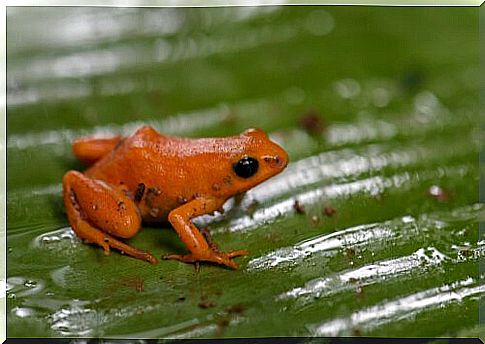
It is popularly known as the “black eared cape” : it is endemic to the island of Madagascar. It prefers to live within humid and tropical forests, swamps, plains and jungles.
As its habitats are not protected, there are fewer and fewer specimens in the wild. This is due to the illegal hunting and trafficking of animals. Torn from their natural environment, these amphibians are often sold as pets. Due to their small size, they are easy to carry and hide.
5. Narrow-mouthed frog
Compared to the other frogs on the list, this species is giant, although it only reaches 50 millimeters in length. The Gastrophryne carolinensis live in moist and shady places in North America, especially in Florida, Texas, Missouri and Maryland.
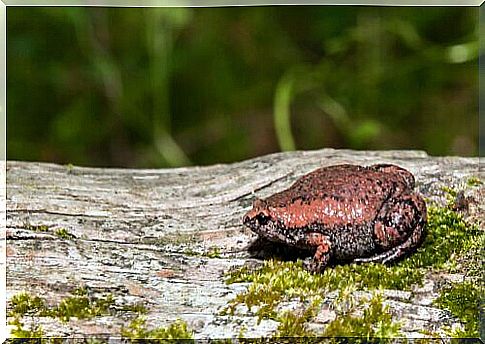
Its body can be green, gray or brown, therefore inconspicuous shades, and has a “teardrop” shape, with a narrower muzzle and broad hips. Its mouth is small, without warts or ridges on the skin and very resistant, so as to allow it to resist the stings of the ants that represent the basis of its diet.
